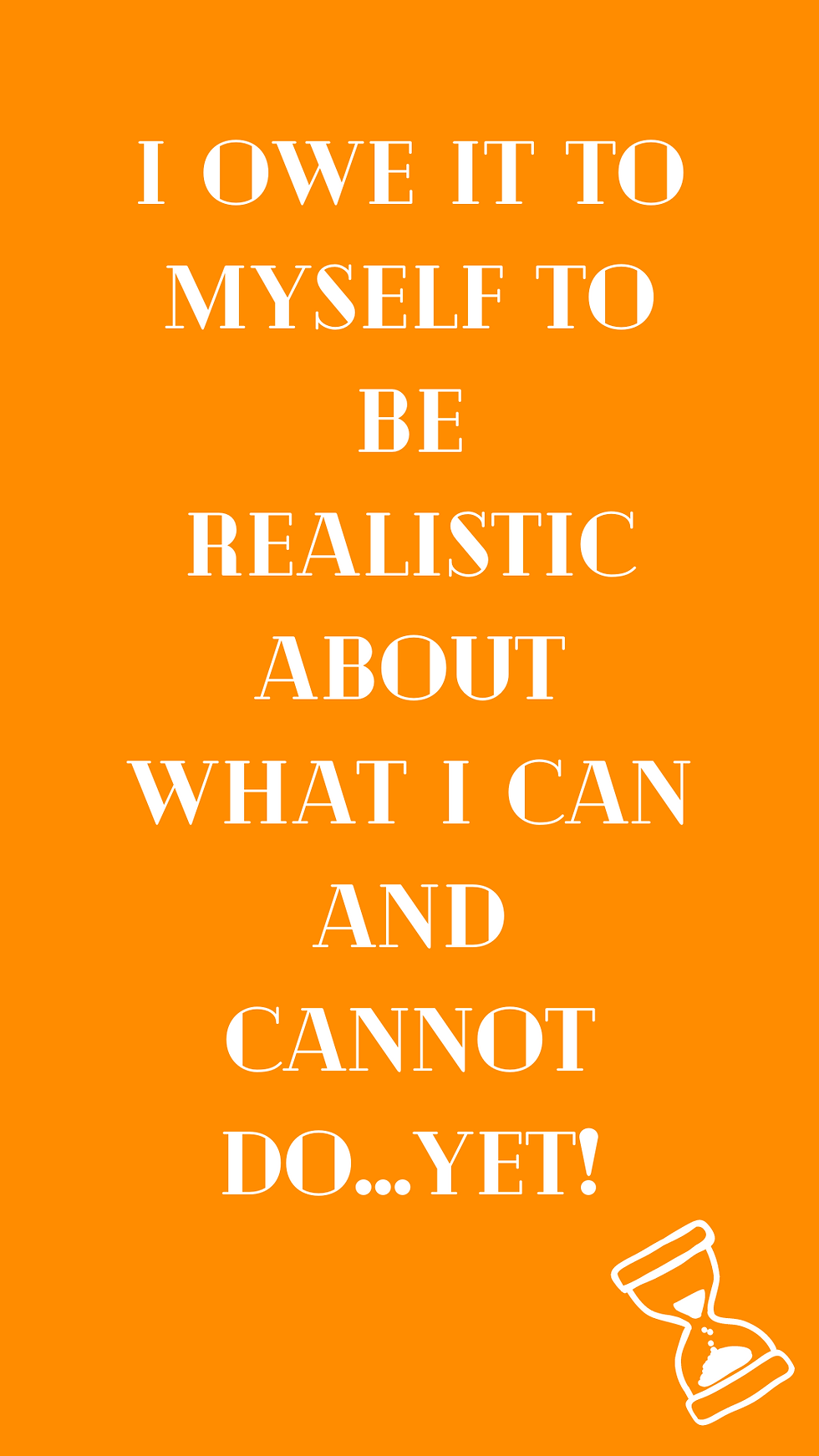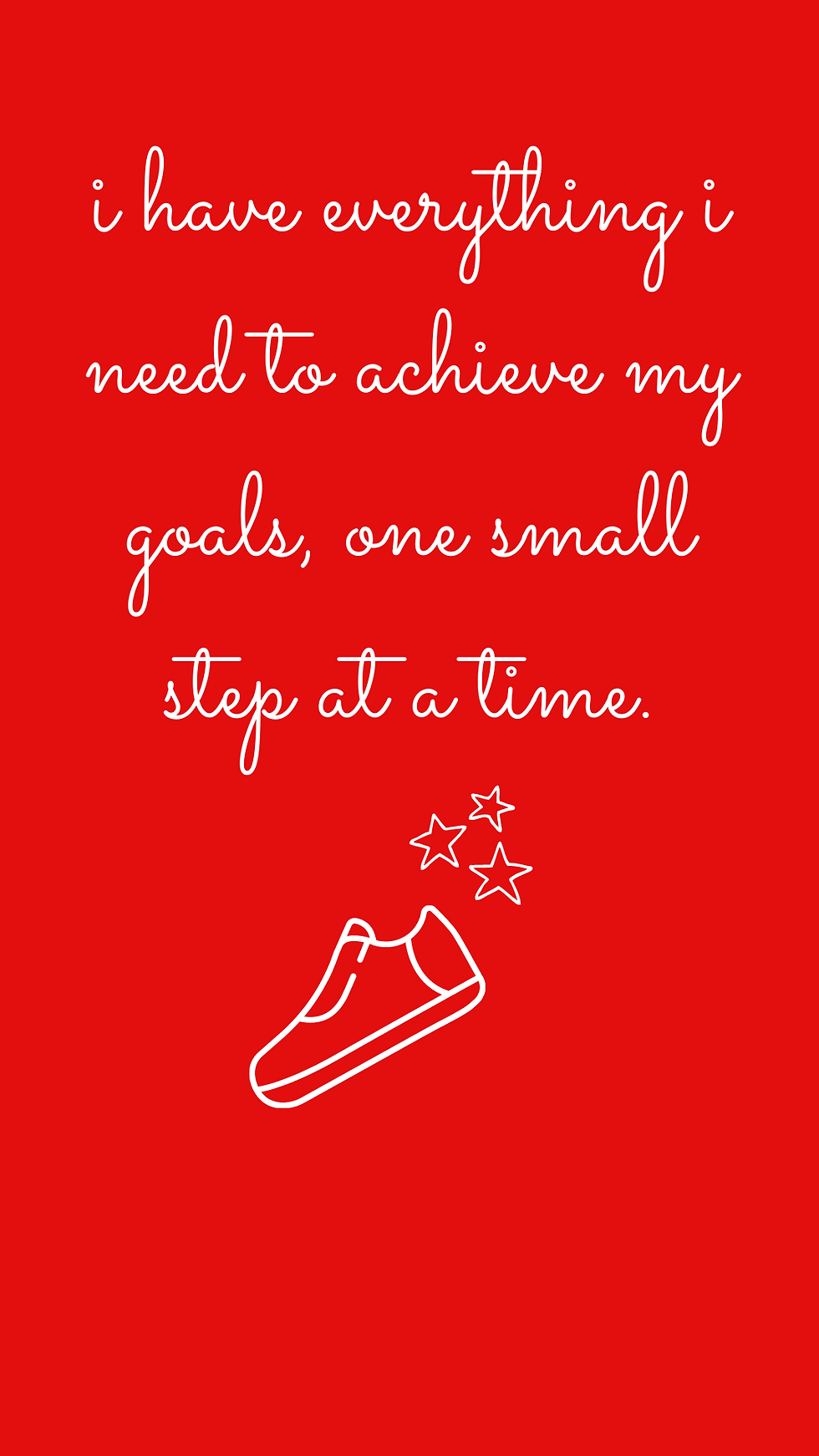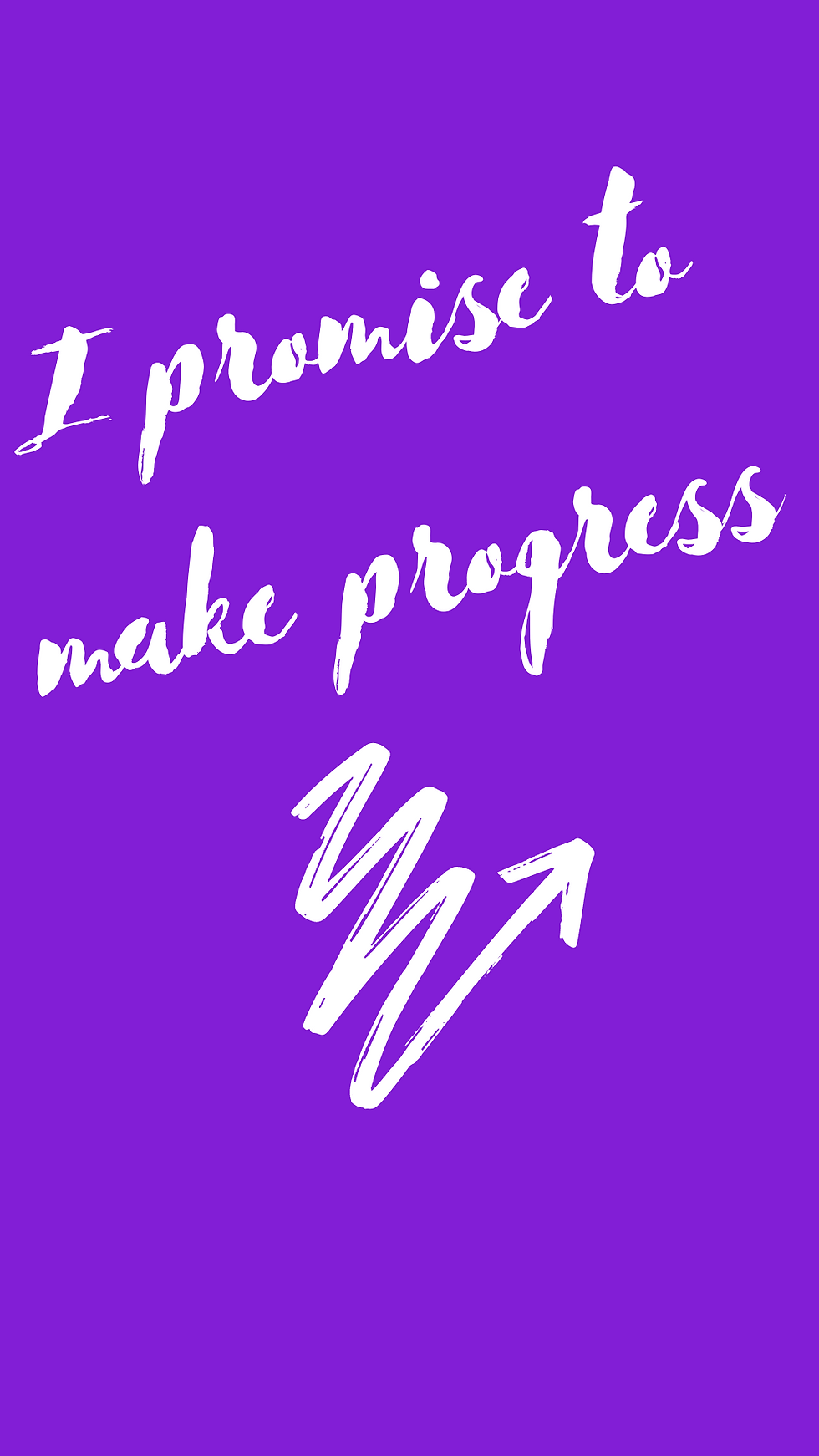New Years Resolutions for the Chronically Ill
- Tiara Abu
- Aug 1, 2020
- 7 min read
Updated: Jul 2, 2022
Shameem Patel
One morning, in October of 2006, I sat up, slid out of bed, put my feet on the ground, and collapsed. It would seem that somehow, overnight, I HAD LOST THE ABILITY TO WALK!

The next decade that would follow shattered every plan I had conceived for my life and forced me to prioritize my day-to-day ability to function over anything else. Over the course of that decade, I was hospitalized numerous times, experienced a plethora of strange, painful, and troubling symptoms, and bounced from doctor to doctor and specialty to specialty trying to figure out what was wrong.
I think the most shocking part of this story is the fact that it isn’t uncommon. Countless people (especially women) with chronic conditions experience indescribable pain and discomfort, have their lives upended, and find themselves being funneled through a healthcare system that often doesn’t respond with care, empathy, or trust. Turns out that when a disability is invisible, people are far less likely to believe that it is real.
I ultimately received a diagnosis, which I’m told was a diagnosis of exclusion – Myalgic Encephalomyelopathy (ME). It’s also known as Chronic Fatigue Syndrome (CFS), but I don’t like to call it that, because I find it to be such a gross oversimplification of what I endure. Don’t get me wrong, I’m fatigued and exhausted constantly, but it’s just so much more than that. There are plenty of doctors who disagree with my diagnosis, but I came to a point where I realized that what I have left, is my life in front of me, and how I choose to live it. Medical jargon aside, I realized it was up to me to maximize my quality of life in every way possible, to the degree that I could control.
So in the fall of 2012, I resolved to do just that. I had been wheelchair bound in 2007, walked with an assistive device through 2008, and with intense physical therapy, I learned to walk again. If I could do that, I could do anything, right? With my newfound confidence, I headed to the gym in my apartment building, and hopped on an elliptical.
I lasted four minutes.
THE REALIZATIONS THAT CHANGED ME
I staggered up to my room, wiped out on my bed, and hibernated in pain for three days. I was crushed, physically and emotionally. And I gave up.
Over the next couple of years, I began to reflect on this incident. I didn’t want to experience the humiliation of only being able to last four minutes on an elliptical again, but I wasn’t okay with the way things were, either. There had to be a way for me to become stronger than I was. I eventually realized the following and would encourage you to do the same:
I may never get back to “normal.” And that is okay.
“Normal” is not a standard I should be holding myself to. “Better” is the standard I should be holding myself to.
If I shame myself or feel guilty for only being able to do small amounts of activity, then I will not get better.
I needed a whole new system and process for setting and achieving goals.
By the time I was ready to put all this into practice, it was close to the end of 2015. With a new year fast approaching, I felt that this was the perfect time. I would set my goals as New Year’s Resolutions.
New year, new me.
RESOLVING TO BE BETTER AND DO BETTER
Have you ever made a New Year’s Resolution? How long did you keep up those resolutions? In my experience, and in the experience of many amazing people I know and love, by the time February rolls around… you most likely tank. You’re not alone! It’s happened to me so many times. When I reflect on why, it’s because I have often bitten off far more than I could chew. As someone with a chronic illness, I (like you, most likely) have a tendency to not always know how much I can chew, which poses a problem. And if I’m truly introspective, I can acknowledge that sometimes that is because I don’t want to accept that I can’t chew as much as I used to be able to when I was “normal.”
So, what’s our recourse? When you’re someone who has serious limitations in what you are physically able to do, how should you take steps in the process of resolving to be better and do better?

Give yourself extra time. Start your resolutions on October, November or December 1st instead of January 1st. Or even earlier…ANY time of the year! Who said resolutions are just for New Year’s Day? That way you have a month (or more) to iron out the kinks. You can see what’s working and what isn’t and make modifications accordingly. You might find that you can tack on a few more goals, or maybe you’ll find that you need to shorten your list. Some resolutions might need to be adjusted or maybe even eliminated altogether. There’s something cathartic about a fresh start, and a sense of accomplishment when you start fresh and do it right. When you have your physical abilities to consider in this process, and you’re not sure how some of your proposed goals and resolutions might affect your health, then giving yourself extra time goes a long way.

Be Realistic! Having a chronic illness can often turn into an unproductive and painful game of comparison. If it’s something you’ve been managing your whole life, it can be incredibly frustrating looking around at what others are doing, and then becoming hyper-focused on matching their abilities. If your condition developed later on in your life, you often contend with the frustration that things you could do before you were sick aren’t necessarily possible for you to do anymore. Or at least not in the same way that you used to. You can accomplish much more than you think you can, but if you take on too much, you may come out empty-handed. Life has enough challenges; don’t add unnecessary disappointment to that list. When you sit down to think about changes you need to make in your life, be reasonable. Your goals should push you, but they should also still be achievable.

Set incremental goals. Maybe there’s something you can already do. For example, I can (after years of effort), now be on the elliptical (at a slow pace) for about 8 minutes without feeling short of breath. That’s huge for me. But setting incremental goals is much more likely to bring me success in improving that time. I could shoot for being able to go for 10 minutes without shortness of breath by March.
If I meet that goal, then I can set a new one. Resolutions aren’t only about achieving something by December 31st of the year. You start by setting that large end-of-year goal, but then you also need to set short-term goals that are going to help you reach that end. In short: Start slow. Take small steps to reach the finish line.

Set at least one health-related goal/resolution. With a chronic illness, your health management likely consumes the majority of your time. This might make you not feel like setting any health-related goals for yourself. But put at least one on that list! Pick something that might make you feel a bit healthier come the end of the year. It doesn’t have to be intensive. It could be something as simple as taking a hot bath every other evening or committing to stretching for 10 minutes before bed each night. Even if it can’t be physical in any way, you can choose a goal like committing to research your condition (via books/articles, etc.) and to learn about new ways to manage that you might not know about yet.

Focus on your progress more than the end goal. The real goal is honestly progress. Let your satisfaction come from the fact that you are doing (even just a little) better than you were before, even if you’re not doing it at the level you planned to be doing. We don’t have much control over the way our chronic conditions can interfere with our plans. The important part is that you are trying to achieve your goals. Keep your focus on tracking your effort and progress. Note: this can also help inform you on how to more effectively set your incremental goals!

Check-in with yourself regularly. Write all your goals down on paper (Although, I don’t get paid to do so, I highly recommend using a Passion Planner; it has changed my life. They also have PDFs you can download here if you are not able to purchase one). Make sure you look over them often — daily, if possible! Set a time that you will faithfully review your goals, the steps you’re taking, and the impact of the lifestyle changes you’re making (and whether or not they are right for you). I personally do this once a week as part of my Sunday, prepare-for-the-week routine. During this goal-review be honest with yourself. Is a goal not working? If not, why? Was it unrealistic? Does it need to be broken down more incrementally? Did a flare-up prevent you from reaching your goals that month? Analyze, reflect, and modify accordingly.

Be gentle with and accepting of yourself. There are some things we can control in our lives. That’s what the goal setting is all about. And there are many things about our illnesses that we cannot control. Be patient with yourself in your journey towards reaching your goals and understanding of yourself if you need to scrap everything and go back to the drawing board to find something that works better than the original plan.
Most importantly, no matter what happens, don’t let your illness make you feel like your life is over. You can set goals and you CAN make progress. Focus on those little victories. This may not be the life you had imagined for yourself, but it can still be a fulfilling one!

Shameem is an early childhood educator in DFW. Teaching is her absolute favorite thing to do. When she isn’t busy creating resources for her classroom (and slowly building her new Teachers Pay Teachers store), she enjoys reading, hand-lettering, drawing, doing crossword puzzles, singing and playing ukulele, and playing video games with her husband. She is always eager to learn new things! She is passionate about fighting for improvements in the American educational system, and will never shy away from speaking up and calling out injustice where she sees it. She is incredibly grateful to have the community of women of The Affinity Blog, who challenge her thinking, and help her to grow and improve constantly.
You can find Shameem on Instagram @livefromfirstgrade & Twitter @meemiecat.

Commentaires